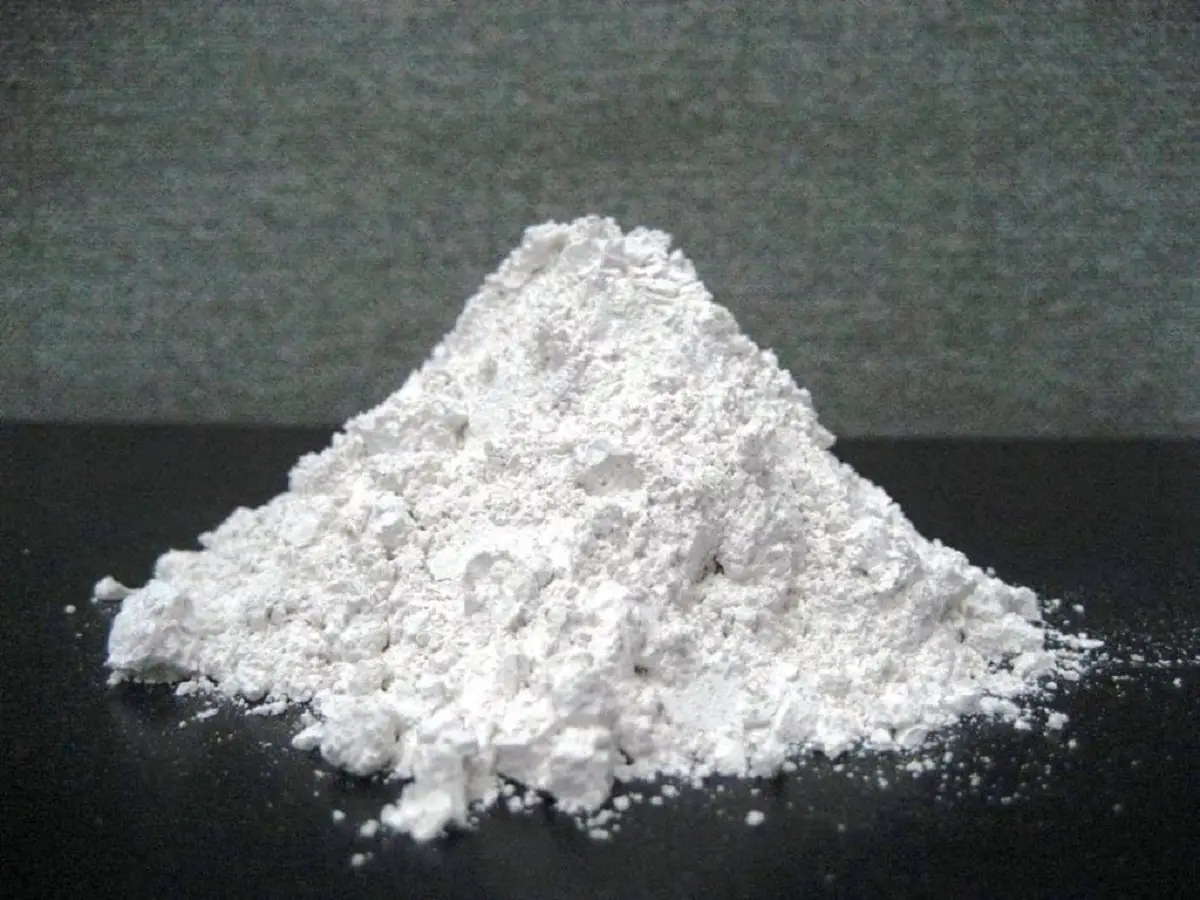

In gardening, there is a risk that your garden and your crops will suffer the invasion and spread of insect pests and other diseases. Sometimes the type of soil does not allow adequate growth of certain plant species. At other times, the soil does not have enough nutrients to feed the plant. All these problems make it sometimes necessary to use the slaked lime or dead lime.
In this article we are going to tell you everything you need to know about slaked lime, its characteristics and its uses.
Key features


It is a substance of chemical origin that we use in many fields of activity. In order to avoid mistakes when using this product, it is best to familiarize yourself in advance with the characteristics of slaked lime. There are also various classifications based on compositions and recommendations for proper use. Therefore, we cannot say that slaked lime has a specific use.
It is a substance that is created by mixing water and calcium oxide. Upon receiving the hydrated lime, an amount of energy is released that is sufficient to boil water. One of the characteristics in the formation of the slaked lime composition is the temperature of the water with which the quicklime reacts. Sometimes these substances can be obtained by burning coal. We are talking about a white powder that has the appearance of white crystals that resist exposure to quite high temperatures of up to 560 degrees. . Its chemical formula is the following: Ca (OH) 2.
This material has several valuable advantages over other garden materials. Let’s see what these advantages are:
- It is able to protect the surface from moisture. Many plants need protection against excessive moisture from both the soil and the environment.
- It has a disinfecting effect. This effect is quite interesting from the point of view of the invasion of possible pests and diseases to our crops.
- Improves the quality of various event concrete solutions. This is more industrial than gardening. However, you can improve these solutions to make them more efficient on construction sites.
They allow convenient that has the slaked lime is the impossibility of using it for finishing work. The most normal thing is that it is used as each intermediate.
Types of slaked lime
There are some types of lime. We have hydrated lime, which is a particular variety. The types vary depending on the composition and type of creation they have. Let’s see what the different types are:
According to the training:
- The quick-drying composition can be worn in about 10 minutes regardless of the initial volume. Sometimes lime highlight training takes place in less time.
- The lime generates a composition change in about a quarter of an hour.
- When the duration of the chemical liming process exceeds 30 minutes, it is classified as slow extinguishing.
According to the composition it is classified into:
- The lime is the largest fraction and it is generally produced in tons.
- Slaked lime that have medium fractions composed of crushed lime. The most normal thing is that they are stored in mounds and warehouses.
- In smaller batches powdered material is sold in packages that usually weigh a few pounds.
Uses of slaked lime in gardening


There are numerous types of lime for various uses. Slaked lime is a calcium hydroxide compound that is obtained by hydrating calcium oxide (quicklime) in equipment called hydrators.
Its use extends to various areas such as industry, chemistry, metallurgy, cosmetics, constructionetc. However, we are only interested in its utility in gardening and agriculture.
Slaked lime is used to improve the characteristics of agricultural soil or for orchards as it improves the acidity, porosity and biological activity of the soil. Being calcium hydroxide, it can also be used as a fertilizer for certain plants as it provides the calcium necessary for growth.
It is also used to obtain compost from agricultural waste (pruning remains, etc.), agro-industrial and urban. As mentioned before, it also helps as a biocide. That is, it helps to counteract insect pests by exerting control over them.
In phytosanitary treatments slaked lime is used to neutralize the acidic pH of the copper sulfate solution, which would cause burns to the leaves and stems of the plants. Thanks to it, the Bordeaux mixture can be prepared. Bordeaux mixture is a fungicide used to prevent or cure fungal diseases, such as vine mildew, scab or speckled pear and apple trees, peach tree leprosy, etc.
Other uses


Since this material can impart strength to various materials, it is used for roofing with wooden frame. For example, slaked lime is used to cover benches, hedges, gazebos, and even pegs in cameras. This coating also helps protect various buildings from the action of fire.
In some stations, liming the trees is carried out with the help of quicklime. To do this, it is covered with a special solution that is based on hydrated lime. In this way, it prevents the plants from being attacked by the high temperatures of the warmer seasons of the year.
Another use of slaked lime is to prevent mold from forming on different garden tools. An attempt is also made to avoid the formation of these fungi in the cellars.
We are going to see the different uses it has in the construction industry:
- It is used to make bricks, since it creates a high adhesion both with a brick surface and with block materials.
- It is used to save material in construction work. Lime mortar has been known since ancient times and is made by mixing slaked lime with sand.
- If used on a calcium hydroxide base a bleach composition is prepared. In addition, it is an excellent disinfectant.
I hope that with this information you can learn more about slaked lime, its characteristics and its uses.


4 thoughts on “Uses of slaked lime in gardening and agriculture”